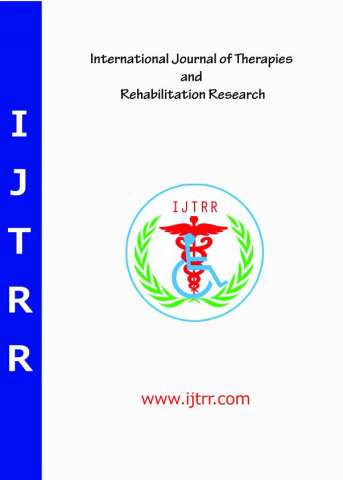Background: The colle's fracture is the most common fracture site in the upper extremity; it causes functional problems and disabling complications. Treatment of these common fractures and their dysfunctional sequalae continues to challenge surgeons and therapists. Objective: The purpose of this study was to investigate effect of Maitland's mobilization versus closed kinetic chain exercises after stable colle's fracture. Method: Thirty patients had participated in this study. They were assigned randomly into two groups (Group A and Group B) with age ranged from eighteen to fourty five years old. Group A consisted of 15 patients (15 females) received mitland's mobilization with therapeutic ultrasound, group B consisted of 15 patients (15 females) received closed kinetic chain exercises with therapeutic ultrasound for 3 times per week (12) sessions for 4 weeks. Patients were evaluated pre and post treatment for their pain severity, function of the wrist joint, grip strength, wrist joint's ROM and proprioception at 20 ÌŠ wrist flexion, extension, radial and ulnar deviation. Result: The result revealed that there were significant differences between both groups regarding the improvement in function, grip strength, range of motion of flexion, extension, radial and ulnar deviation and there were no significant difference between both groups regarding the improvement in function, grip strength, and joint position sense. Conclusion: Maitland's mobilization versus closed kinetic chain exercises after stable colle's fractures no significant difference in improvement in function, grip strength, and joint position sense, and Maitland's mobilization significantly improve wrist range of motion.


